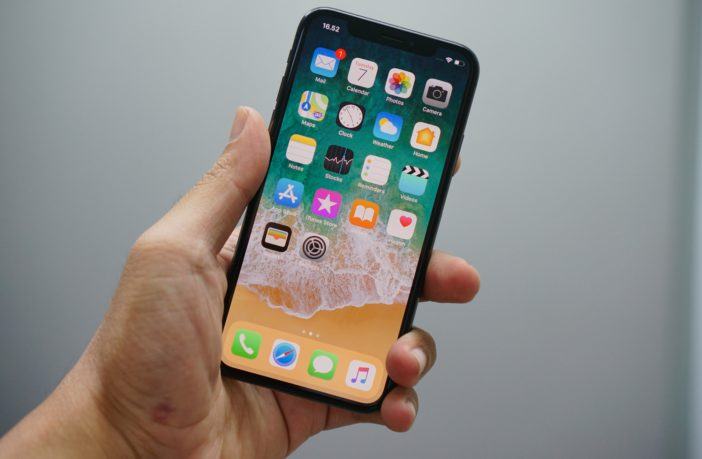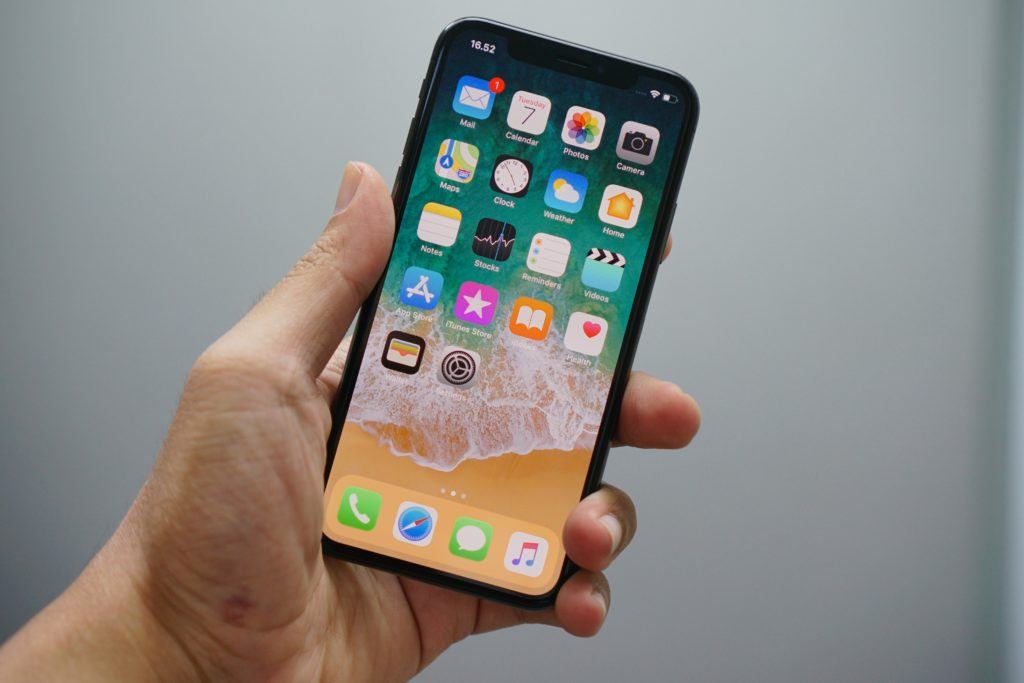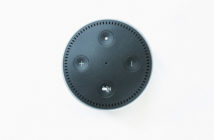Apple has been responsible for many innovations in technology. From the Mac to the Apple Watch, iOS products have truly shaped the way we use and interact with tech, even if you don’t like or buy from their brand.
Of all their items, perhaps the most notable is the iPhone. Because of its ubiquity, the way this smartphone is designed truly affects our everyday lives.
From the very first iPhone, Apple has innovated on the look, functionality, and abilities, bringing it to greater and better heights.
Let’s take a look at the iPhone timeline as it’s evolved through several decades. Where else can the iPhone take us?
Contents
- 1 First iPhone: June 2007
- 2 Following iPhone Generations
- 2.1 iPhone 3G: July 2008
- 2.2 iPhone 3GS: June 2009
- 2.3 iPhone 4: June 2010
- 2.4 iPhone 4s: October 2011
- 2.5 iPhone 5: September 2012
- 2.6 iPhone 5S: September 2013
- 2.7 iPhone 5C
- 2.8 iPhone 6 and 6 Plus: September 2014
- 2.9 iPhone 6s And 6S Plus: September 2015
- 2.10 iPhone SE: March 2016
- 2.11 iPhone 7 And 7 Plus: September 2016
- 2.12 iPhone 8 And 8 Plus: September 2017
- 2.13 iPhone X: November 2017
- 2.14 iPhone XS and XS Max: September 2018
- 2.15 iPhone XR: October 2018
- 3 The Future of the iPhone Timeline
First iPhone: June 2007
When was the first iPhone released? Steve Jobs first announced the original Apple smartphone on June 29, 2007.
He pitched it as ‘redesigning the phone,’ innovating on the look and abilities of other smart devices currently on the market.
At its time of launch, what was the most obvious difference between the iPhone and others? The lack of a keypad. Freeing up almost ¾ of a phone’s space allowed the iPhone to have the largest screen on the market, at 3.5 inches.
Its touchscreen capabilities were also bolstered by their patented multi-touch feature, reported to be the most accurate touchscreen anywhere at the time.
The iPhone also had the thinnest body of all smartphone models, at 11.6mm, and had a 2-megapixel camera. However, it did lack features that we would go on to consider essential, like video capabilities and 3G connectivity.
Even still, the first iPhone was received with resounding success. Apple sold 270,000 iPhones in the first week.
Following iPhone Generations
iPhone 3G: July 2008
A year later, Apple released the iPhone 3G and began introducing essential Apple capabilities. With the 3G’s unveiling, people began to understand the future potential of the iPhone.
Sales reflected this, with the product reaching 42 different countries.
The most notable feature was its 3G connectivity, hence the name. Of all phones on the market, the iPhone 3G was the fastest way to connect to the internet.
Outside of connectivity, the 3G model also increased the maximum storage to 8GB. This was released in conjunction with the App Store, which would prove to be an important addition in future iPhone models.
The iPhone 3G also traded the aluminum backing with a polycarbonate housing, slashing the original iPhone price in half.
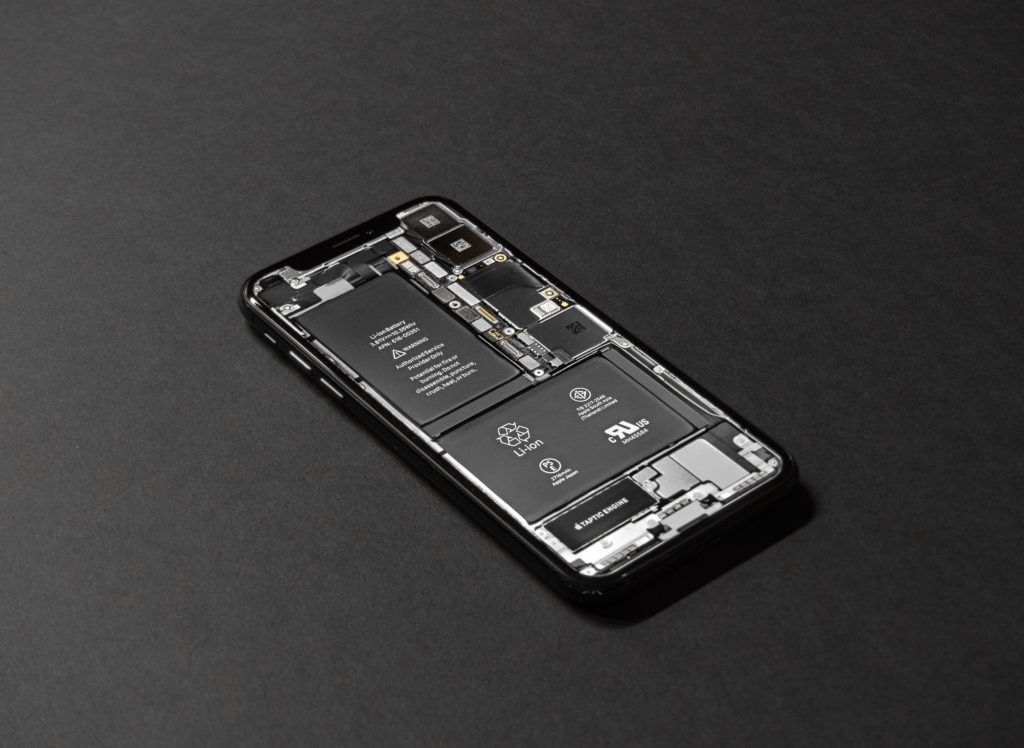
iPhone 3GS: June 2009
Next, the 3GS was released as an improvement on the 3G. The 3GS, with the S standing for speed, offered internal speed improvements.
Due to the popularity of the App store, the maximum internal storage was also increased to 32 GB. The camera was also improved, raising it to 3 megapixels.
Notably, Voice Control was included in this model, although Siri was yet to be introduced.
iPhone 4: June 2010
An icon in the iPhone line-up, the 4 is often considered the best-designed iPhone. The iPhone 4 introduced the iconic all-glass body that most people have modernly come to associate with Apple products.
It also introduced the retina display. While the size remained the same, the pixel count was increased. Internal memory was also doubled, from 256 MB to 152 MB.
Most notably, the iPhone 4 also introduced an iconic feature: the front-facing camera, meant to be used alongside their new FaceTime app.
iPhone 4s: October 2011
While voice control was introduced in the 3GS, it still had limited functions. The voice control was widely improved when Siri was introduced, which the ‘S’ in ‘4S’ was named after.
With the dawn of Siri, smartphones would eventually create their own AI voice assistants. Alongside this smart helper, the back camera also received a boost to 8 megapixels.
iPhone 5: September 2012
With hardware changes, Apple now had the capability to create larger displays. The iPhone 5 was the first to expand to a 4-inch display.
While this seems like a minor improvement now, it would signal more enhancements on screen size in future iPhone models. The 5 was also considerably lighter due to its aluminum casing.
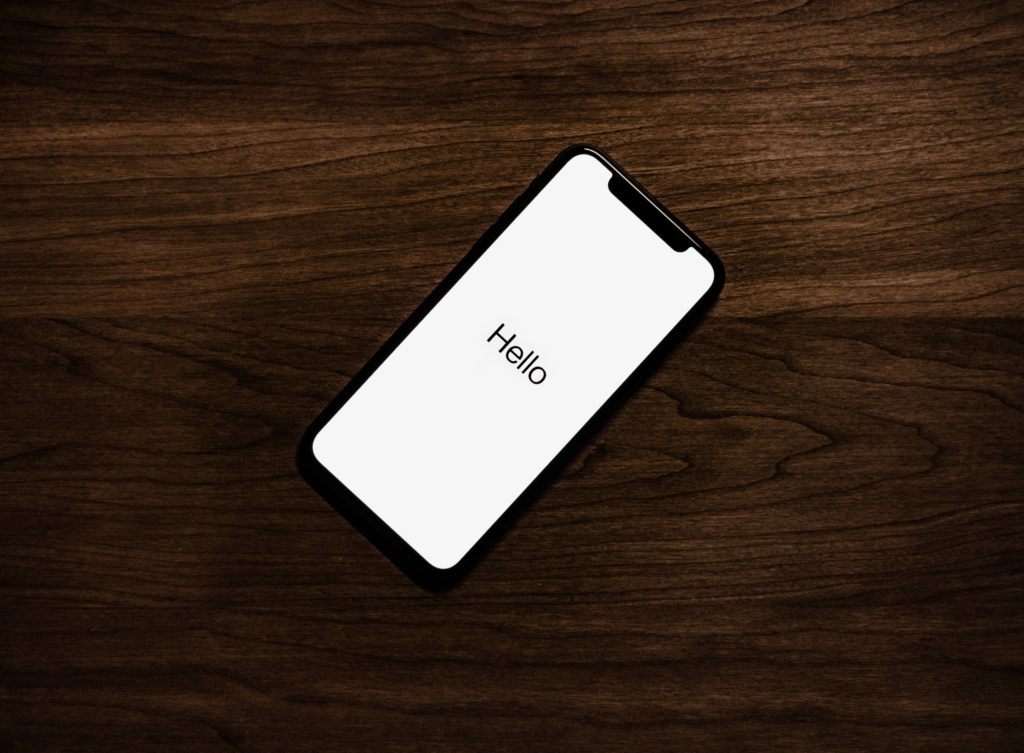
iPhone 5S: September 2013
With the introduction of features from the iPhone 5, the S brought forth internal improvements. It was the first phone to use the A7 chipset, the first 64-bit processor.
The 5S also included the Touch ID, a fingerprint reader. Other than hardware enhancements, there were also visual overhauls in the 5S, introducing bright icons and translucent menus.
iPhone 5C
In this same year, the iPhone 5C was also introduced, marking Apple’s new release schedule of two iPhones every year.
The 5C was mostly a cosmetic upgrade, with the C standing for color. The 5C came in four different colors and was released at a significantly lower price.
Beyond the 5C’s debut, another notable launch was the iOS 7 update. Introducing the control center, iOS 7 provided a much sleeker workflow and convenient access to settings.
iPhone 6 and 6 Plus: September 2014
Like the previous year, Apple released two phones in 2014 – two flagship phones, the iPhone 6 and 6 Plus. The most notable feature of these two models was the increase in screen size.
The iPhone 6 had a 4.7-inch display. The 6 Plus, on the other hand, was Apple’s response to the trend of increasing screen sizes, with a 5.5-inch display.
While Apple was initially reluctant to jump on the trend, this provided its users with an option to go for either a smaller or bigger display.
Beyond display sizes, the iPhone 6 and iPhone 6 Plus also came with the release of NFC (Near Field Communication) for Apple Pay, alongside other services.
NFC allowed iPhone users to use their phones as a payment device. This technology eventually took off with other products, primarily thanks to the iPhone making it mainstream.
We also saw improvements in the rear camera, now improved to have 8 megapixels and slow-mo capabilities. The iPhone 6 and iPhone 6 Plus also had a 1.4 GHz processor, with 1 GB RAM – one of the fastest on the market.
This video shows what the first iPhone looked like out o the box.
iPhone 6s And 6S Plus: September 2015
Similar to previous years, Apple also released upgrades to the 6 and 6 Plus the following year. Despite them being small improvements, they created a significant advantage over the previous models.
The 6s and 6S plus received the most notable improvements in their cameras. The rear camera was improved to 12 megapixels and was now able to record videos in 4k format.
The front-facing camera was improved to 5 megapixels. The RAM was also upgraded from 1 GB to 2 GB. Slight changes to the battery life of both models were also introduced, making the power capacity last far longer than previous models.
iPhone SE: March 2016
Unlike most models, the SE was released just 6 months after the 6S and 6 Plus. The SE, which stands for Special Edition, took the design of the iPhone in a slightly different direction.
Rather than going larger with screen displays, the SE went back to the iPhone 5.
As a response to the market’s favoring of smaller models, the SE took the size of the iPhone 5, with minor improvements. These improvements included the 2 GB RAM processing, a 12 megapixel rear camera, a 1.2 megapixel front camera, and NFC.
Essentially, these are the same improvements on the iPhone 6 models, put into the size of an iPhone 5.
iPhone 7 And 7 Plus: September 2016
Six months after the release of the SE, Apple returned with other flagship products: the iPhone 7 and iPhone 7 Plus.
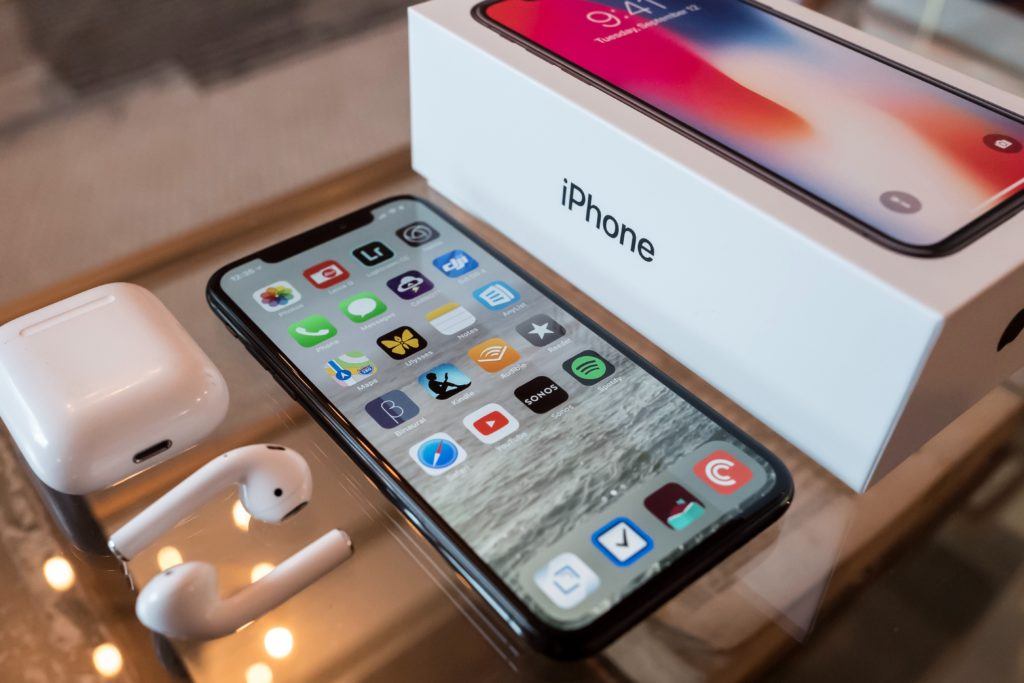
Making a huge splash in iPhone history, the 7 and 7 Plus introduced one of the most significant changes in the design of the iPhone: the removal of the headphone jack. Indeed, the iPhone has come a long way.
Owners of these new models would have to connect their earphones via Bluetooth. Apple also released the Air Pods, perhaps the smallest wireless earphones on the market.
While there has been significant backlash over this move, there were other significant improvements to the iPhone.
The iPhone 7 and 7 Plus were the first models to be water and dust resistant. Apple also introduced iOS 10, which improved the performance of pre-installed apps, like Maps, Photos, and Music.
Messages also saw their special effects features enhanced. Other improvements included an improved processor, now at 2.3 GHz, with 3 GB RAM for the 7 Plus.
The front facing camera was also upgraded to 7 megapixels.
iPhone 8 And 8 Plus: September 2017
Breaking Apple’s trend of releasing the S version of their previous models, 2017 did not have a release of an iPhone 7S.
Instead, Apple skipped right to the iPhone 8 and the 8 Plus. However, unlike other flagship models, the 8 didn’t have much of a difference from other models. It still looked and felt like the previous iPhone 7.
Nonetheless, there was still a significant improvement: inductive charging. Also known as wireless charging, you did not have to connect your phone to an outlet.
Simply place your phone on a wireless charger, and it will charge by itself. However, this also meant that you had to purchase a separate device to take advantage of this improvement.
Beyond this, the iPhone 8 introduced minor improvements in terms of software. The RAM for iPhone 8 was now at 2.4 GB, with an improved motion processor and an enhanced camera lens.
However, its battery got the short end of the stick, being shorter for some activities than in previous models.
iPhone X: November 2017
Breaking tradition once more, 2017 saw the release of just one flagship model: the iPhone X. Unlike the iPhone 8, the changes in the iPhone X cannot be missed — its surface is all screen.
Much like their headphone jack, Apple did away with their iconic Home button, which means that you had to swipe to switch between and exit apps.
Removing the Home button also meant removing the Touch ID function; for this, Apple introduced Face ID, which used facial recognition to unlock your phone.

Because of the Home button’s removal, the iPhone X had the largest screen size of all their models, at 5.6 inches. It also had a completely OLED screen with 458 ppi, which Apple referred to as the Super Retina.
Other than the hardware overhaul, there were many improvements in terms of software. These included two 12 megapixel rear cameras, a 7 megapixel front-facing camera with facial recognition features, and its Bionic processor with 6 cores that run at 2.4 GHz with 3 GB RAM.
Because of the innovative design, the iPhone X had a mixed reception. This was mostly because of the price of these new models. At $1,000, people instead looked to other providers for smartphone alternatives.
However, the iPhone X would continue to be one of the best-selling in the world, proving there’s still a demand for iPhones on the market.
iPhone XS and XS Max: September 2018
As expected, Apple released the iPhone XS in the months following, as a way to improve upon the X model. Slight improvements to the software, most notably the processor, were seen in this release.
Other than software, the iPhone XS Max also saw a bigger screen, with a 6.5-inch display. Rear camera upgrades were introduced, specifically with the improved HDR and image stabilization.
The front-facing camera was improved with faster Face ID technology.
iPhone XR: October 2018
Released just a month after the XS and XS Max, the XR was intended as a more affordable version of the iPhone X.
However, with a $799 price tag at release, the price was still off-putting for many. The lessened price also came with a few downgrades.
The completely OLED screen in the iPhone X is now a Liquid LCD screen with a 326-pixel density. Despite having the same processing power as the XS, it has a smaller RAM space at 3 GB.
Here’s a video showing a comparison between the first iPhone and a more recent model.
The Future of the iPhone Timeline
With all the advancements the iPhone has made, it can be hard to see where else they can improve. Mashable speculates on a magnetic Smart Connector, much like that in the iPad Pro.
Eventually, we can predict the iPhone changing up the accessories their phones are packaged with: a pair of Air Pods and a wireless charger, most likely.
Future iPhone generations will likely continue to have a fully OLED display, with a casing made entirely from glass.
The biggest challenge that Apple now faces is keeping in line with its design principles, all while keeping prices low and affordable for the masses.
What are your thoughts on the iPhone timeline? Which iPhone is your favorite?

